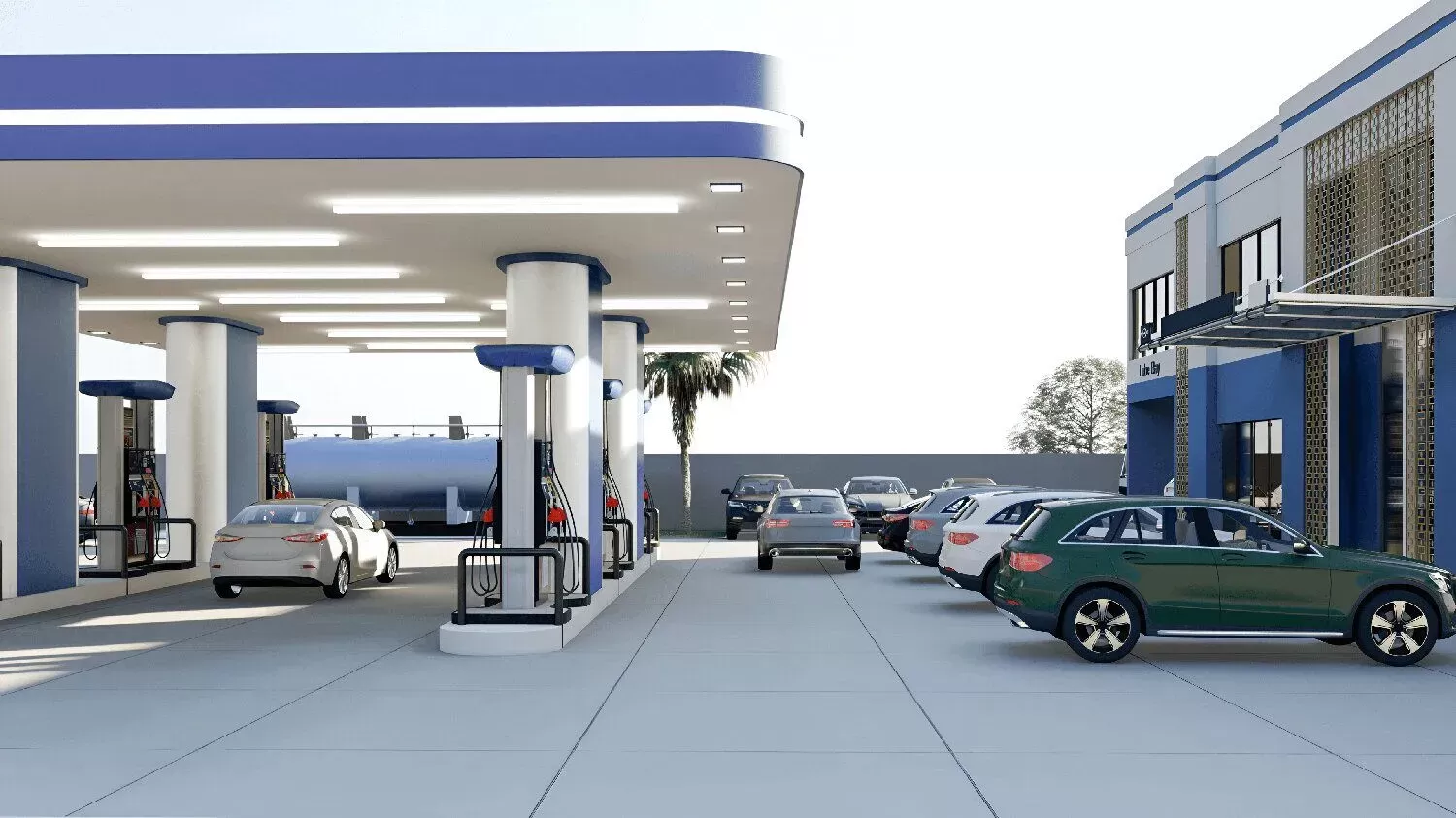Notifications

7 minutes, 17 seconds
-16 Views 0 Comments 0 Likes 0 Reviews

Introduction
Topper Company, a leading professional EV charger manufacturer in China, provides reliable electric vehicle charging station equipment and comprehensive solutions.
As electric vehicles (EVs) rapidly gain popularity, the traditional gas station faces a pivotal question: Can it evolve to serve this new era by installing EV chargers? The short answer is yes—but making this shift is far from a simple plug-and-play upgrade.
EV chargers differ widely in speed, power requirements, and cost. While many gas stations focus on installing DC fast chargers that can replenish a battery to 80% in 20–30 minutes, others consider slower Level 2 chargers suited for locations where drivers spend more time, such as malls or restaurants.
But if EVs are the future, why haven’t gas stations fully embraced EV charging yet? The answer lies in a complex mix of economics, infrastructure challenges, changing customer habits, and evolving business models. Let’s take a closer look.
Installing a DC fast charger can cost between $50,000 and over $200,000, depending on the location and electrical infrastructure. Many gas stations need costly upgrades—transformers, wiring, and electrical panels—to support these high-power units.
Beyond hardware, installation labor, trenching, permits, utility coordination, maintenance, and network fees add to the total expense, making the upfront investment significant.
Not every station has the space or electrical capacity to support EV chargers. Urban stations may lack physical room, and older facilities might require months of utility work to upgrade power supplies—especially for fast chargers that demand 480 volts and high amperage.
Installing EV chargers often means sacrificing parking or fueling spots. Since EV charging takes 20–40 minutes, compared to under five minutes for refueling a gas car, stations face slower customer turnover. This can reduce daily revenue, especially at smaller sites.
Gas stations rely heavily on convenience store sales, with gas sales often operating on thin margins. EV charging presents a new, less predictable revenue stream. Many EV drivers expect low-cost or free charging, particularly when public fast chargers offer subsidized rates or memberships.
EV charging changes the typical gas station visit from a quick pit stop into a longer dwell time. Customers might prefer comfortable waiting areas, cafes, or retail spaces—amenities many gas stations currently lack.
How should gas stations monetize EV charging? Options include charging fees, boosting food and beverage sales, partnering with EV network providers, or incorporating advertising and value-added services. The most profitable model is still emerging.
Growing EV Market: EVs are forecasted to make up 40% to 60% of new vehicle sales by 2030 globally. Demand for reliable, accessible charging infrastructure will only increase.
Ideal Locations: Gas stations’ high-traffic sites and road access position them well to become key charging hubs.
Early Mover Advantage: Stations that adopt chargers early can attract eco-conscious customers and gain brand recognition.
Government Incentives: Grants, tax credits, and utility subsidies can significantly reduce installation costs.
EV chargers are also rapidly appearing at:
Apartment complexes
Office parks
Retail centers and malls
Hotels and restaurants
Municipal parking lots and transit hubs
This "dwell time" model—charging where vehicles are parked for extended periods—is ideal for Level 2 chargers, supporting daily charging needs without the rush of fast charging.
Destination charging—charging at places people visit for leisure or work—has also grown, with businesses treating chargers as amenities akin to free Wi-Fi.
To boost charger deployment at gas stations and beyond, stakeholders should focus on:
Incentives and Subsidies
Continued government grants, rebates, and tax breaks help offset the high upfront costs.
Streamlined Permitting and Utilities
Faster permitting and better utility coordination can reduce deployment timelines from months to weeks.
Strategic Partnerships
Collaborations between station owners, utilities, EV charging companies, and tech firms reduce risk and leverage expertise.
Examples: BP with Tesla, Shell with Volta, convenience stores with ChargePoint.
Consumer and Operator Education
Clear information helps operators understand long-term benefits and educates drivers on charger locations, usage, and expectations.
EV chargers may one day be as common as gas pumps, but the transition will be gradual. For the foreseeable future, gas stations will likely offer both gasoline and EV charging, serving a diverse customer base.
Forward-thinking stations are already reimagining the customer experience, adding:
Lounges and cafes
Workspaces and Wi-Fi
Interactive advertising
Real-time app integration
The gas station of the future is poised to become a modern convenience hub, not just a fuel stop.
Can gas stations install EV chargers? Absolutely. Their strategic locations and customer access make them uniquely positioned to play a vital role in the EV charging network. But success requires more than installing hardware—it demands vision, investment, innovation, and a rethinking of traditional business models.
With the right support and partnerships, gas stations can become central players in the EV revolution, driving us toward a cleaner, smarter, and more sustainable transportation future.Know more about Google SEO Directory
China EV Chargers EV Charger Manufacturer EV Charging Solutions

